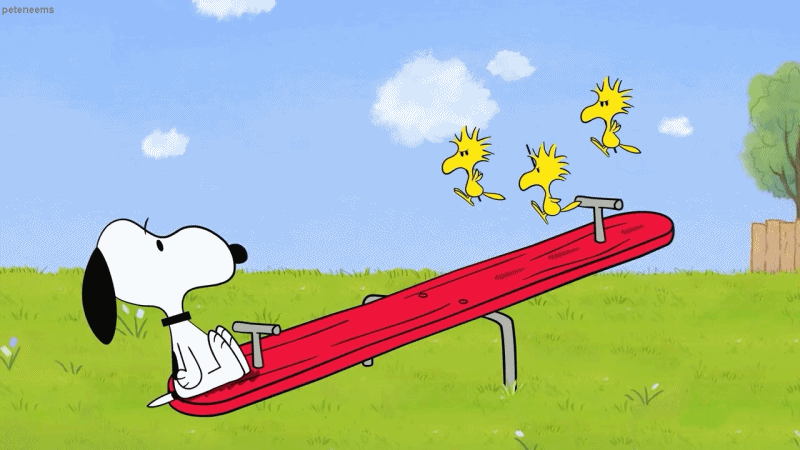top of page



Class 1 - Pressure in gases and liquids
In this class, we will explore how pressure operates in gases and liquids, gaining an understanding of the principles behind these phenomena. Additionally, we will examine how particles are distributed and behave in these states of matter
To start, let's discuss the experiment of the bottle with 3 holes:
After watching the result, you can correct (if it was wrong) your hypothesis and draw the real outcome from the experiment. Explain: why does this happen?
Now, the group will be divided in teams and you will solve the following classwork:
1) Discuss with your group what happens to the pressure in these places and explain it in your notebook:
2) Which group of fish can tolerate more pressure according to this image?
3) Visit the PHET website and play with the simulation. This simulation provides an excellent way to visualize gas behavior and understand fundamental gas laws through interactive experimentation.
How to Use the Simulation:
Adjust parameters like volume, temperature, and
number of particles using the sliders.
Observe real-time changes in pressure,
particle motion and energy distribution graphs.
Experiment with mixing different gases or changing
single variables to draw specific conclusions.
Answer the following questions by playing with the simulation:
a) What happens to the pressure when you decrease the volume of the container while keeping the temperature constant?
b) How does the behavior of particles change if you increase the volume instead?
c) How does increasing the temperature affect the speed of gas particles?
d) What happens to the pressure inside the container if you add more gas particles while keeping the volume and temperature constant?
e) What do you observe about collisions when the gas is compressed significantly?
In a nutshell this image shows how pressure modifies when volume changes:
The image shows how to use a spanner to turn a
nut. The mechanic pushes on the long arm of the
spanner.
The force of the mechanic on the spanner causes
it to turn. We say that the force has a turning effect.
Opening a door
It takes two forces to open a door, each with a turning effect. Can you guess which are the 2 forces?:
First, you press down on the door handle. Then the handle turns and you can pull or push the door open.
The downward force of your hand on the handle makes the handle turn. The handle doesn't move straight down. This is because the handle is fixed to the door . The point where it is fixed is called the pivot:
So, what is a moment?
If you have ever played on a seesaw, you will have learnt about balancing and the turning effect of forces. A seesaw is a long beam balanced on a pivot. The pivot is half way along the beam:
Moment of a force
The turning effect of a force depends on 2 things:
-
The greater the force, the greater its turning effect
-
The further the force is from the pivot, the greater its turning effect
We can calculate the moment of a force like this:
Moment = Force X distance from pivot
The bigger the moment of a force, the greater its turning effect.
1. The following images show examples of forces and pivots. Draw them in your notebook in a simple way and add an arrow showing the direction of the force that is being applied in each case, show the pivot like it was shown in the example of the door (use an arrow and the word pivot)
2. If you were in the seesaw with a very heavy person, you would be at the top and the other person would be at the bottom. Mention 3 things you can do to try to change the situation and try to go down (think of what you would do in real life), how would you increase your moment?
3. Go to explorelearning.com and play with the GIZMO called "Torque and moment of inertia".
Try to make the seesaw balanced. One easy way is when one of the objects has the DOUBLE mass of the other one but the small object is half the distance as the other, did it work?
Try to solve the assessment questions and check how it goes!
This is the video we watched to review the concept of moment:
WEEK 5

How is the water going to squirt out?
Draw your prediction






a) As you go deeper in the ocean
b) As water goes out from the hose
c) Why the inner core of
the planet is solid and the outer core is liquid,
How is pressure in these
layers?
d) How is presure in outer space, which has no air.
e) How does pressure change as people climb the Everest and how does this affect the amount of oxygen?

Classwork

Class 2: Forces and moments




CLASSWORK
bottom of page

